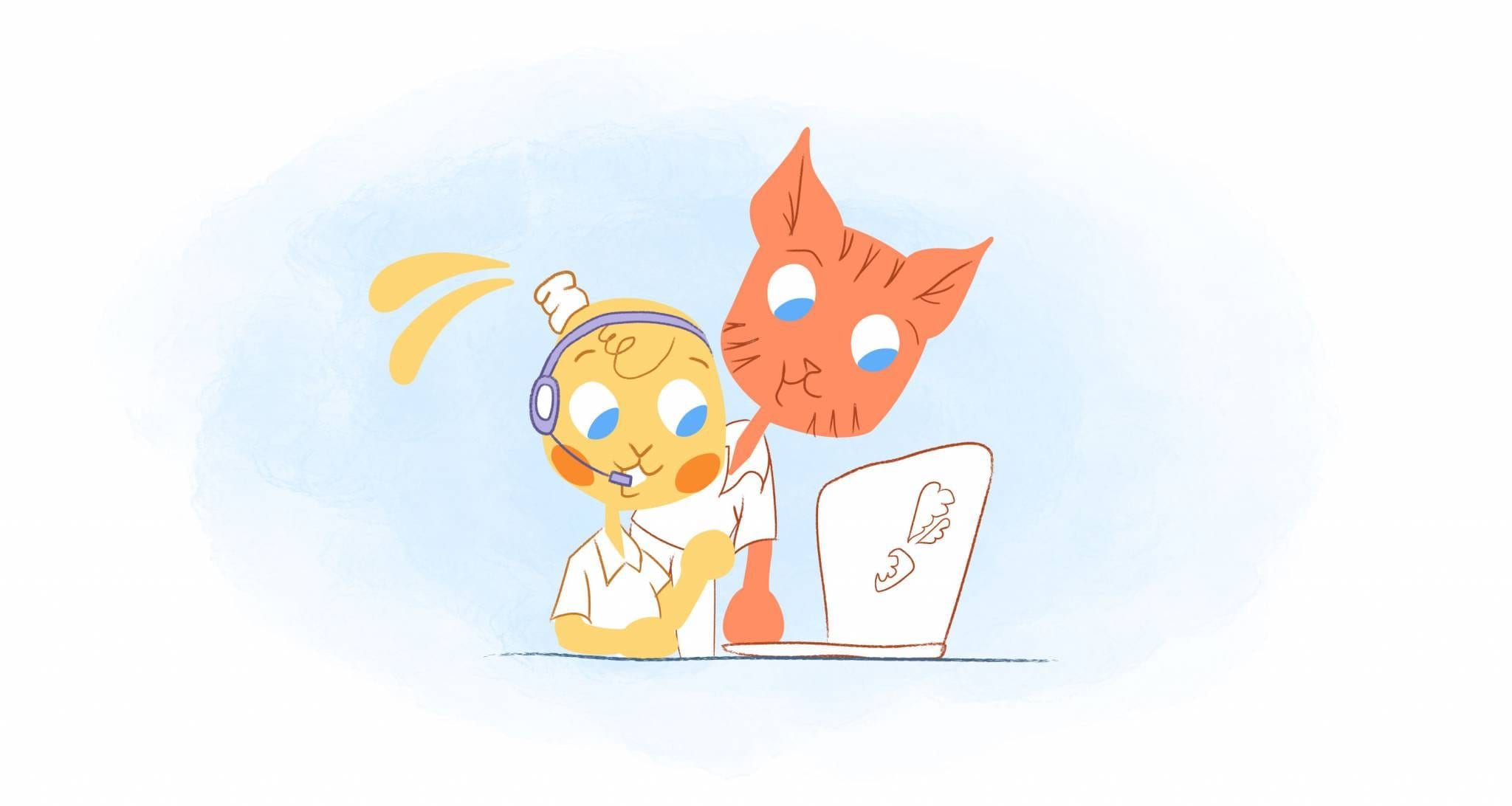

Bonding with your employees may not seem like a top priority. But, it should be. But, how do you prioritize time with each employee?
Prioritizing time with each employee fosters a more positive and collaborative work environment.
In turn, this reduces turnover and builds trust with one another. Additionally, it’s the perfect opportunity to identify your individual team member’s strengths, weaknesses, and interests. Moreover, this is when your employees can ask questions, voice their opinions, or express their concerns.
When you prioritize your time to spend time with each employee, it boosts productivity.
Your employees will be more engaged and motivated because you’re taking the time to help them grow. And, bonding with others plays an important role in your physical and mental health.
Here’s where it can get tricky though. Research has found that you should spend around six hours per week with each one of your employees. That may sound impossible. But, if you prioritize your time with them, you’ll get as close to that magic number as possible.
Block out time in your schedule to meet with each employee.
You’re incredibly busy, I get it. How could you possibly squeeze in time to meet with every one of your team members? You can block out specific times in your calendar to walk around the office and check-in with your team.
Ideally, you should do this when you’re taking a break from your work., During these informal chats, you could ask how their weekend was or if they need anything from you. Alternatively, you could implement an open-door policy. If you don’t want to get distracted though, this should be when you have some downtime.
When you don’t want to be disturbed, keep the door closed. You may even want to have a sign-in sheet to create a little more structure. Even better, share your calendar with your employees so that they can see when you’re available.
Another idea would be to have lunch with each employee. You both have to eat, so, kill two birds with one stone and have a great get together?
I’d also suggest that you make one-on-one meetings a part of your routine.
For smaller teams, you could meet with each employee for an hour each week. I would do this when you’re both at low energy levels, like late in the afternoon.
If you have larger teams, you would just reduce the amount of time you spend with each person. Also, even though it’s not as intimate, you could also hold town hall meetings or team building activities. Both are great ways to share the vision, goals, strategies, and plans of your company. They also let your employees share their opinions and you get to see what they’re good at.
For your virtual team members, schedule consistent phone calls or video chats and include them in chats with the rest of the team.
In-between use tools like Slack to stay-in-touch. And, when an employee emails you, don’t leave them hanging. If it only takes a minute to respond, just do it. For more in-depth response, let them know when you’ll get back to them.
If you schedule a meeting with an employee, make sure that you’re on-time. Also, don’t go over the allotted time or cancel at the last minute.
Know what you’re going to discuss.
Whether if it’s an informal or formal encounter with each employee, you should have an idea of what you’re going to talk about.
If you’re just checking-in, then you would want to keep the conversation simple. Ask them how work is going. Do they need help with anything? How far along are they in a project. You don’t want to micromanage them. You’re just there to see if they’re alright and steer them in the right direction.
When you’re spending time with your employees so that you can strengthen your relationship.
You’ll learn all kinds of information that will help you relate to them better. Find out what they like to do outside of work. Do they have any hidden talents? What tasks would they like to try out in the future? Just remember not to get too personal. There’s definitely a difference between asking how they spent their weekend and prying into their marriage.
For more formal one-on-ones, make sure to create an agenda in advance. Because this can be intimidating for employees, collaborate with them in creating the agenda. Some areas that you could focus on would be the challenges that the employee is facing, career development opportunities, or discussing results.
One thing you shouldn’t use your one-on-one for? Status updates.
While a status update is important — you can discuss this over email, chat, or during a drive-by. After coming up with your discussion points, create an agenda and share it with the other attendee. Not only will this keep the meeting on track, but it will also ensure that you’re both prepared.
Encourage candor.
Want to get the most out of your time with each employee? Then you need to create an environment where you both can speak openly. You should also be open and transparent with one another.
Most importantly, you should solicit feedback first and then respond. What’s more, you should offer a healthy blend of praise and constructive criticism. Being positive creates good vibes for the chat and shows that you’re actually listening to them.
You could also make this an opportunity to remind them how their work aligns with the bigger picture. And, this also allows you to leverage their strengths while encouraging them to improve their weaknesses.
Be fully present.
Have you ever been talking to someone and they begin to look at their phone? Suddenly you’re just talking to yourself. Besides feeling a bit foolish, you probably think that the other person could care less about the conversation.
Whenever you’re spending time with your employees, give them your undivided attention. Don’t look at your phone, glance at paperwork, or stare out the window. Instead, actively listen to them and jot down notes for future reference. It’s a simple way to let them know that you genuinely care about them and want to help them succeed.
Occasionally change the setting.
It’s obviously most convenient to spend time with your employers within the workplace. It could be stopping by their desk, grabbing lunch in the cafeteria, or scheduling a conference room. But, sometimes you may want to shake things up.
The reason? Different environments will change the interactions you’ll have with each other. For instance, even if you’ve created a friendly and inviting office, the power dynamic is the same. As such, the employee may have difficulty opening up to you. But, if you had coffee together outside the office, they may feel more relaxed because of the neutral setting.
Express gratitude and recognize achievments.
Just like you began the interaction on a positive note, you should also wrap things on a good and beneficial mark. One way to do this would be to express your gratitude and recognize their hard work. Words of affirmation and making sure they don’t have any other challenges are also great ways to end the encounter
I should add that if you aren’t sincere and authentic, then skip this step. It’s much more meaningful when you’re actually speaking the truth.
Recap what was discussed.
You don’t always have to do for most informal conversations. But, for meetings, you should recap the highlights of what was discussed. And, don’t forget to clarify the expectations for each other before parting ways. These should be addressed before your next interaction so that the next time you meet will have structure and momentum.











Howie Jones
My name is Howie and I'm a Customer Success Manager at Calendar. I like to ensure our customers get the best experience using our product. If you have questions email me howie at calendar.com